DJI's first action camera is the Osmo Action and it's a great GoPro Hero 7 Black rival. Find out why in our full review.
Should I Buy The DJI Osmo Action?
Our Verdict
- We’re so impressed with the Osmo Active that we’re wondering why DJI hasn’t been making action cameras for years.
Price When Reviewed
- $349
It’s been a long time coming but DJI has finally announced its own action camera to take on GoPro and other rivals. The Osmo Action has plenty of neat features making it a great option and we’ll explain all in our review.
Considering DJI’s history in making products that involve cameras, like drones and gimbals, it’s a little hard to believe that the Osmo Action is its first action camera. It’s a case of better late than never here though.
Price & Release Date
It would be understandable if DJI matched the price of its key competitor, the GoPro Hero 7 Black which comes in at £379/$399.
However, the firm has undercut the market leader with a more affordable price of £329 or $349. In Europe it’s €379.
You can buy it from the DJI store now or at various retailers including Currys PC World and Drones Direct from 22 May.
Included in the box is the camera along with a quick release mount, camera frame kit, USB-C charging cable, adhesive mounts (flat and curved), one battery, lens protector filter and a screw mount.
Design & Build
Pretty much all action cameras use the same essential design and, on the whole, the Osmo Action is no exception. It a compact rectangle with a lens sticking out on the front so it looks like various rivals including the Hero 7 Black. Check out the best GoPros and alternatives.
A grey finish with a subtle texture is perhaps a deliberate choice to look a little different, as is the round lens cover in contrast to GoPro’s more square shape. The lens protector here unscrews which might seem a bit odd but means you can easily replace it should a mishap occur and you can buy neutral density filters to attach.
At the back is almost entirely a touchscreen and fairly chunky buttons on top are for power and shutter/record. A third button on the side labelled ‘QS’ stands for QuickSet and lets you cycle through the different modes. You can choose which ones are available via the software so, for example, you can just flick between the two you use the most.
The most interesting design feature of the Osmo Action is the display at the front. Although GoPro has one here, it just displays basic info. DJI has managed to fit a proper screen here so you can get a preview of what the camera sees.
Last but not least, the DJI Osmo Action is dust and shockproof, plus can be used under water to a depth of 11m without the need for any additional casing. Coincidence or not, this is 1m more than the Hero 7 Black.
Seeing double
As we mentioned, the Osmo Action has a pretty cool feature that we’ve not seen before. So as well as the rear screen - which is large 2.25in - there’s a smaller 1.4in display on the front.
Both screens are over 300ppi so they’re nice and crisp and offer a (quoted) whopping brightness of 750 nits so you’ll be able to see them even in bright light.
Having a front display is nothing new, but it’s the fact that it can offer a live view of what the camera can see that makes it special. Rivals only offer basic details here such as battery life and quality settings at the most.
The front screen is not touch sensitive but it doesn’t really need to be and would be too small to use the interface away.
RockSteady
If the Osmo Action is DJI’s answer to the Hero 7 Black, then RockSteady is its answer to Hypersmooth.
This is essentially advanced electronic image stabilisation where the image is cleverly cropped to remove shakes and other movement resulting in a smoother video. This comes in extremely handy if you’re attaching the camera to something like a bike.
The feature is available at most resolutions and framerates apart from 1080p once you go over 60fps. You also can’t use it for 720p or 4K in 4:3.
The Osmo Action doesn’t have the ability to live stream your footage like the Hero 7 Black, which might put some users off, but it can record video in HDR (high dynamic range).
This means you get a wider range of colours in your footage. However, you can’t use HDR with RockSteady, nor can you shoot at over 30fps.
Osmo Action vs GoPro Hero Black 7
The RockSteady stabilisation is definitely up there with GoPro's HyperSmooth - we've got both cameras so have been able to compare side-by-side.
And although the Osmo Action has some features the Hero 7 Black doesn't, the reverse is also true. Live streaming aside, the camera can do much wider angle views including SuperView. Whether that's enough to spend the extra depends on what you want to use the camera for.
Switching to normal mode will give a much more vibrant look if you just want to film and post with minimal editing.
As mentioned, the rear screen is touch sensitive and we found the interface nicely intuitive to use. Without reading any manuals or the reviewer’s guide, we quickly go to grips with how pretty much everything works.
Most things are gesture based so you’ll swipe in from the edges to summon different menus. The bottom to adjust recording settings and the left to view your gallery, for example.
At the top is a menu for various settings like auto-rotate, screen lock and brightness. You can also switch the front screen between different modes. We thought this was for switching it on or off but it’s not.
Really that’s the only thing we couldn’t decipher without some help. You need to tap the rear screen twice with two fingers to alternate between the two displays. There’s no option to use both at once, should you want to.
Battery Life
In terms of battery life, you’re going to get close to two hours of recording at 1080p and 30fps without RockSteady. This goes down to 90 minutes when recording at 4K/30p with RockSteady enabled.
If you want to record at 4K/60p then you’ll get about an hour without RockSteady.
Verdict
The DJI Osmo Active is an extremely impressive action camera, so we’re wondering why the firm has taken so long to make one.
This is not only cheaper than the GoPro Hero 7 Black, but offers some things you can’t even get from its main rival. That includes a proper front facing screen and HDR video recording. We love the design, the interface is intuitive and there’s excellent stabilisation.
It might not offer live streaming or a super wide angle view but we don’t think that will matter too much. If you’re after a high-end action camera then the Osmo Action ticks all the other boxes and it's cheaper than the GoPro.
Specs
- Max Video Resolution: 3840 x 2160
- HDR video up to 4K/30p
- Frame rate (at max resolution): 60 fps
- Slow motion: Up to 240fps
- Image stabilisation: RockSteady EIS
- Effective Photo Resolution: 12Mp
- HDR video: Yes
- Voice control: Yes
- Time-lapse recording: Yes
- Waterproof: 11m
- LCD Display: 2.25in touchscreen rear, 1.4in front
- 124g

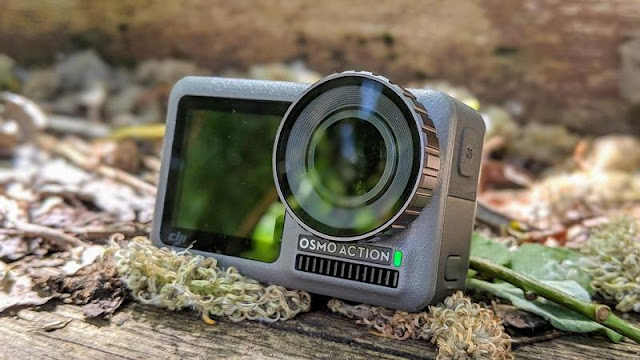
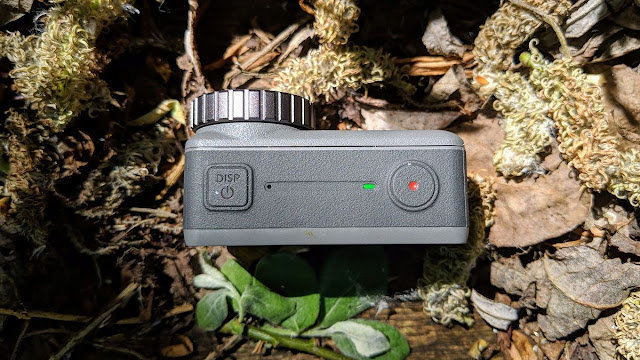
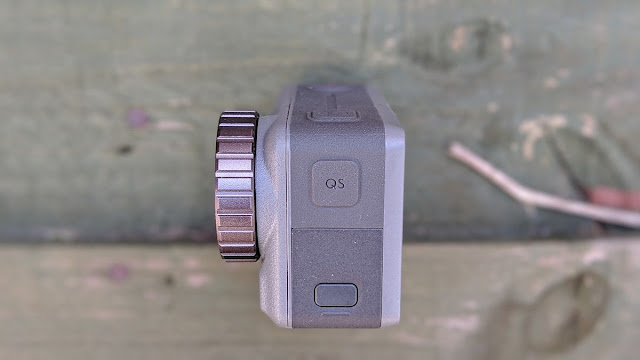
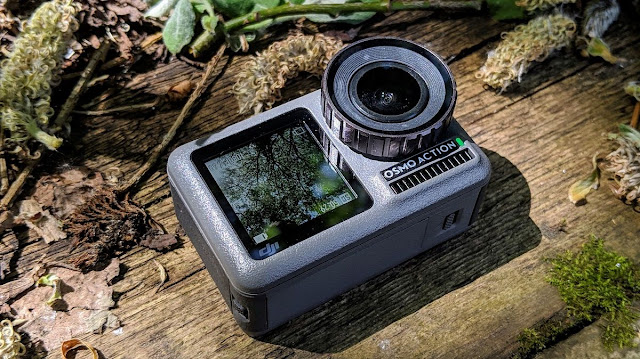
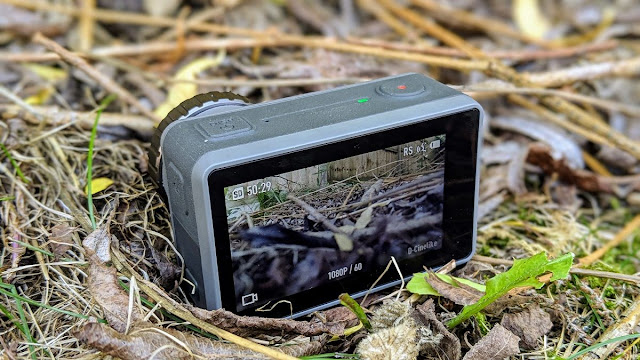
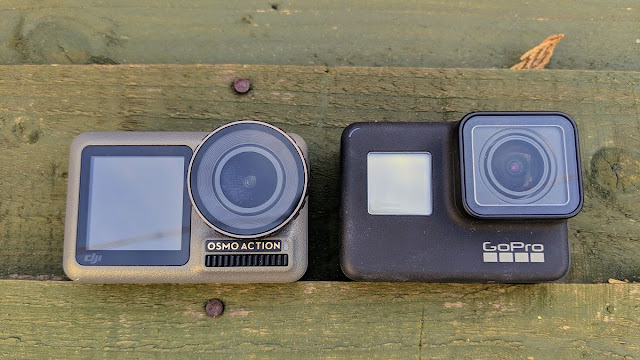
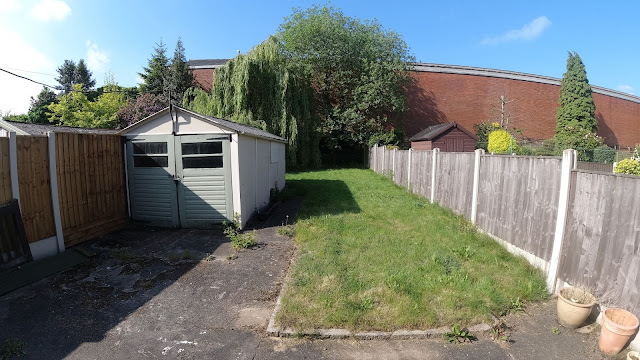
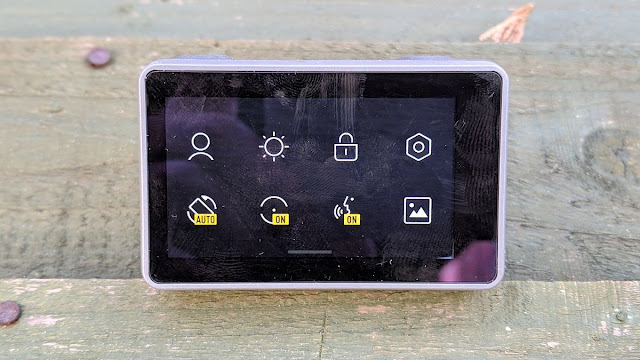

0 comments:
Post a Comment